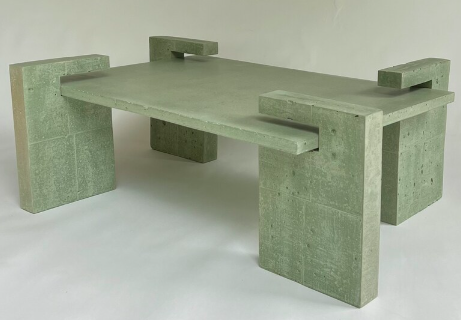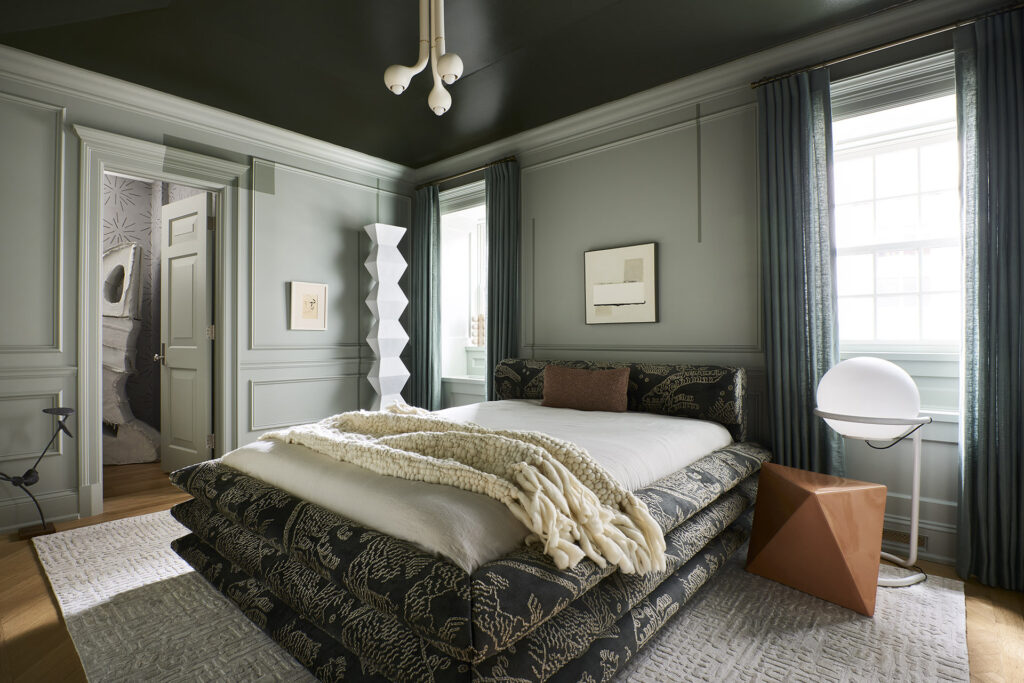Author: Sydney Piwowar
Often for whom this is their first time working with an Interior Designer freak out at the idea of custom furniture. They want to see in front of them exactly what they are paying for, before they pay for it. This is often not the case in our practice. Nearly all of the millwork (cabinets and built ins) we design are custom. This means combinations of designs, colors, and patterns never done before. By nature, you will not be able to understand its full glory until completion. If you are working with a good and transparent designer, she/he will take the appropriate measures to ensure you have all the tools necessary to feel comfortable with your investment.
To create peace of mind for our clients at JTD, I have come up with a 5-step system to ensure you are happy with your purchase.

1. Adequate drawings
Not every interior designer has experience with construction drawings or details. It is important that no matter how creative your designer is that they are able to successfully communicate their design intent in these drawings. This will maintain total control of the design and limit the amount of miscommunications and damage control later.
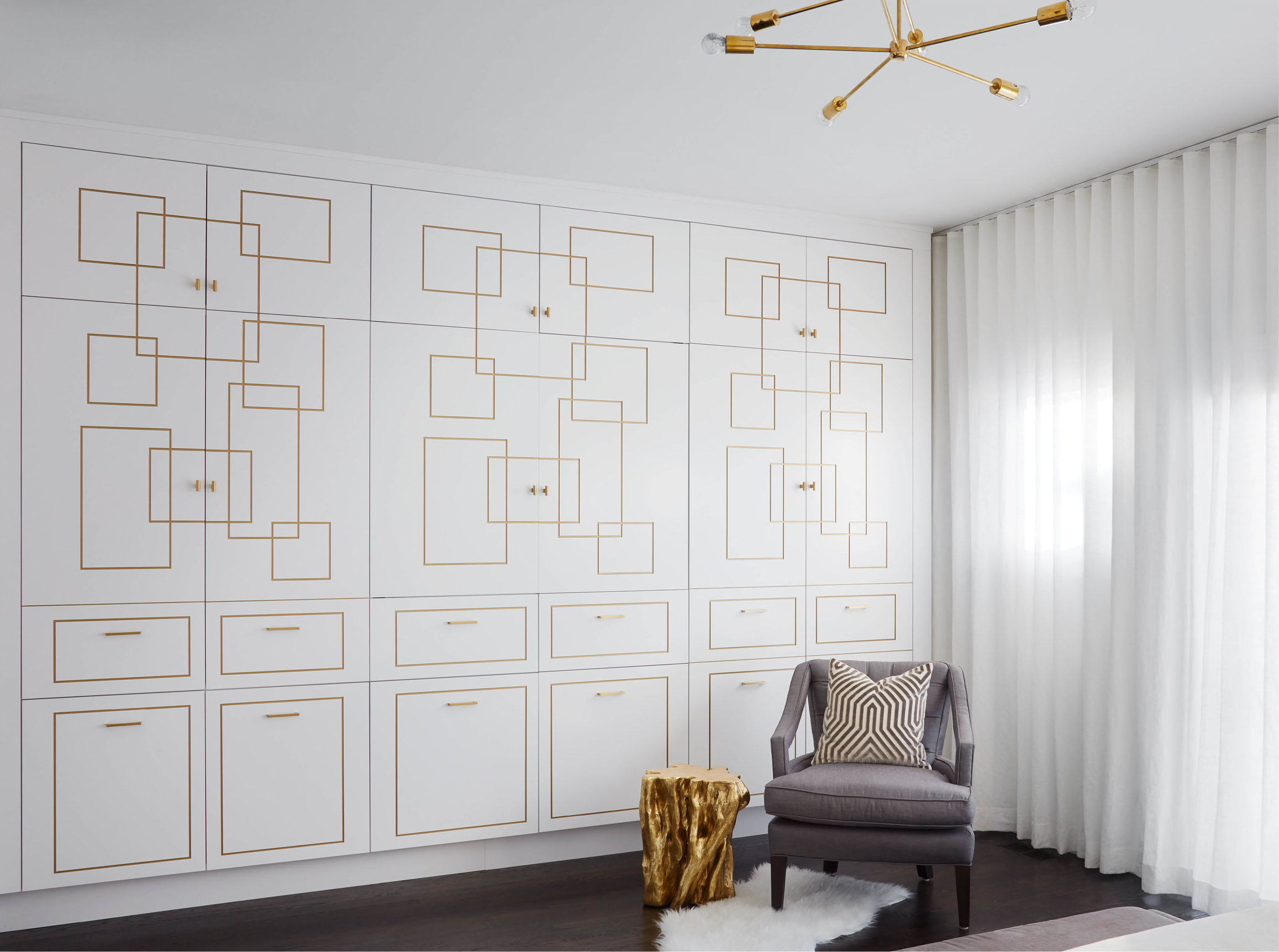
2. Renderings
Some more complex or large installations should be conveyed in 3D or color 2D renderings. This will help you start to imagine how form and function are working together in your piece. Some designers who do not offer this as a service should be able to outsource it or complete themselves at an additional service fee.
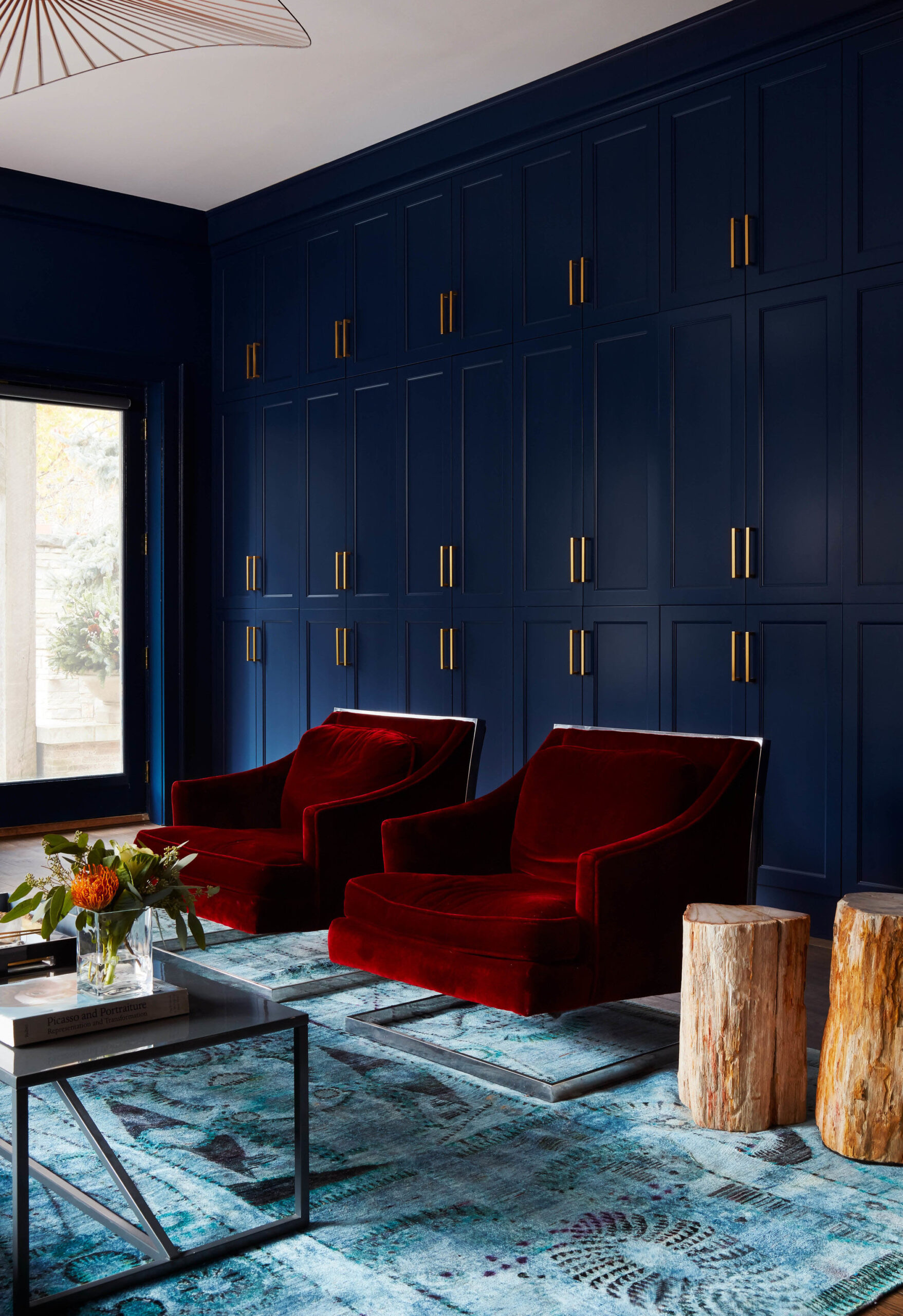
3. Samples
If your designer does not provide you with samples for all materials, they are not doing their job. You should see all finish materials for metal, woods, and upholstery. It is custom that they do not show you building materials that are not visible in the finished product though.
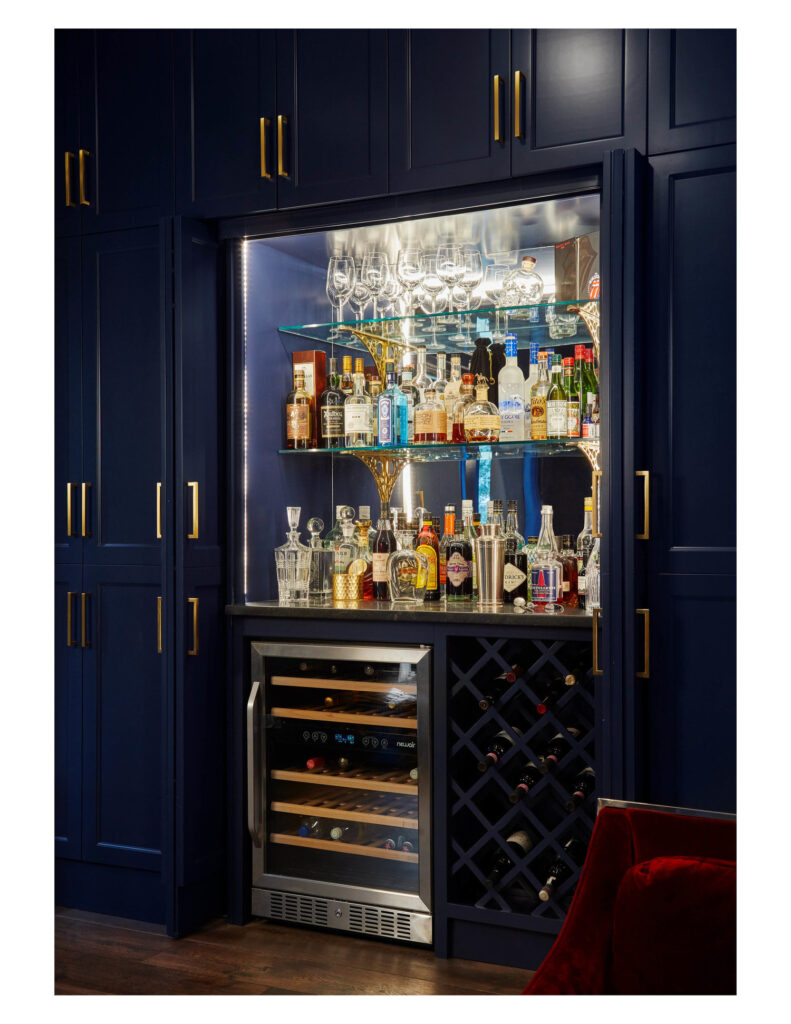
4. Contractor’s portfolio
For those who are hesitant to pay for an additional service or contractor for their custom piece, it helps to review their existing portfolio. You can see their craftsmanship and previous experience this was to create peace of mind.
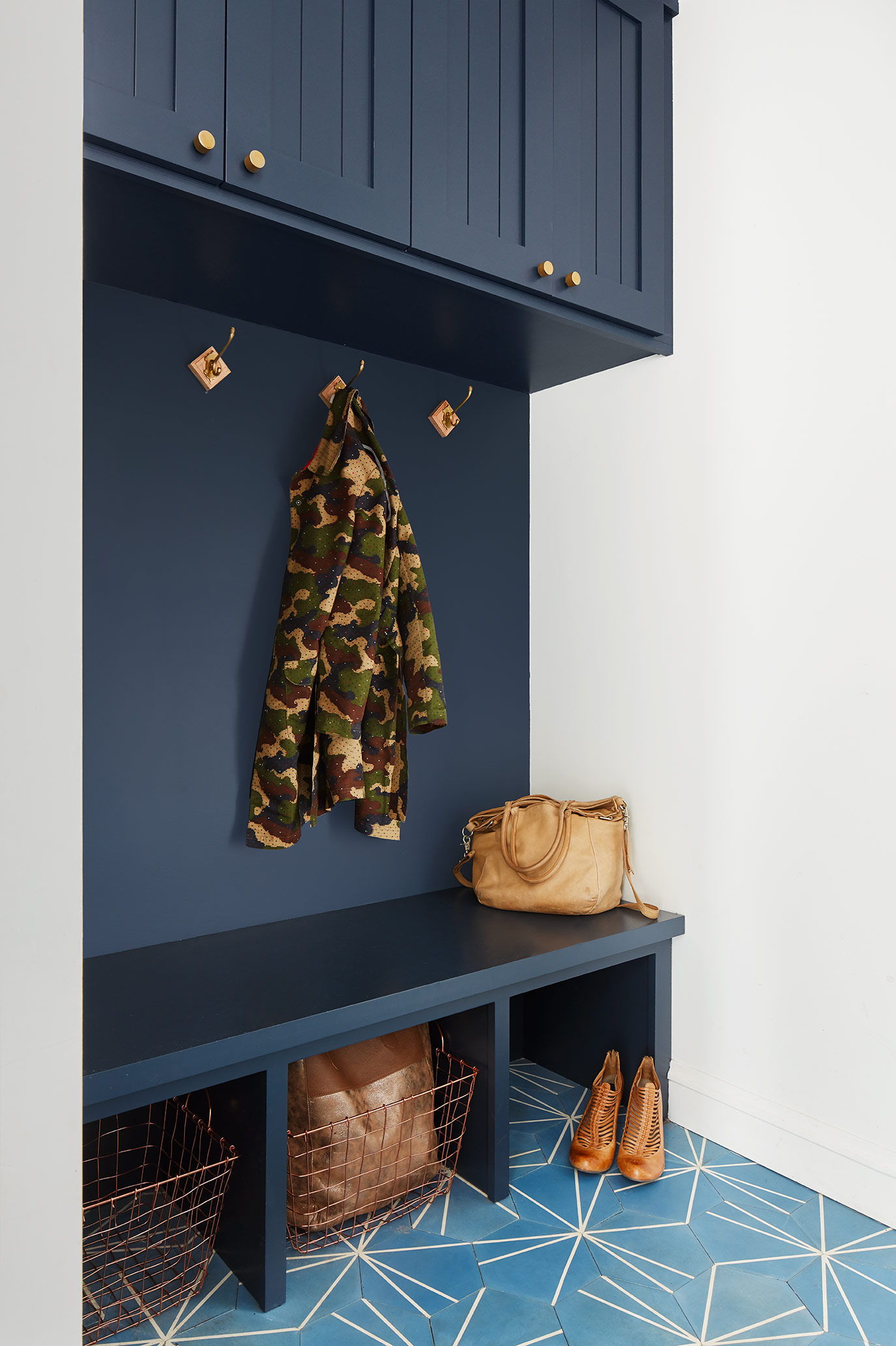
5. Trust your designer
At the end of the day, they know what they are doing. Designers have a muscle in their brain that allows them to envision spaces and forms without any external support. Many people without this muscle struggle to trust. If you have never worked with this designer before, or have never worked with a designer before, it is ok to ask about their experience with custom furniture. Ask to see some of their other work. This will not only allow you to see their capabilities, but the level of originality and practicality of their custom designs.
